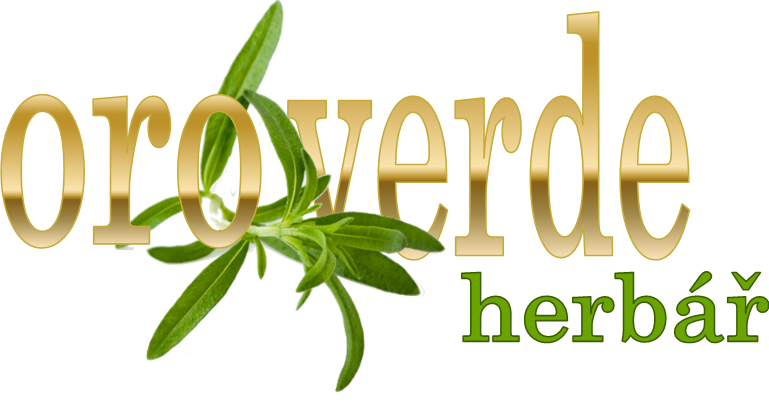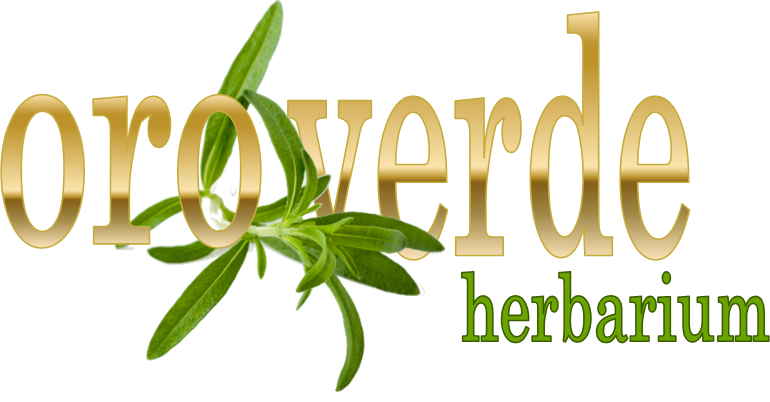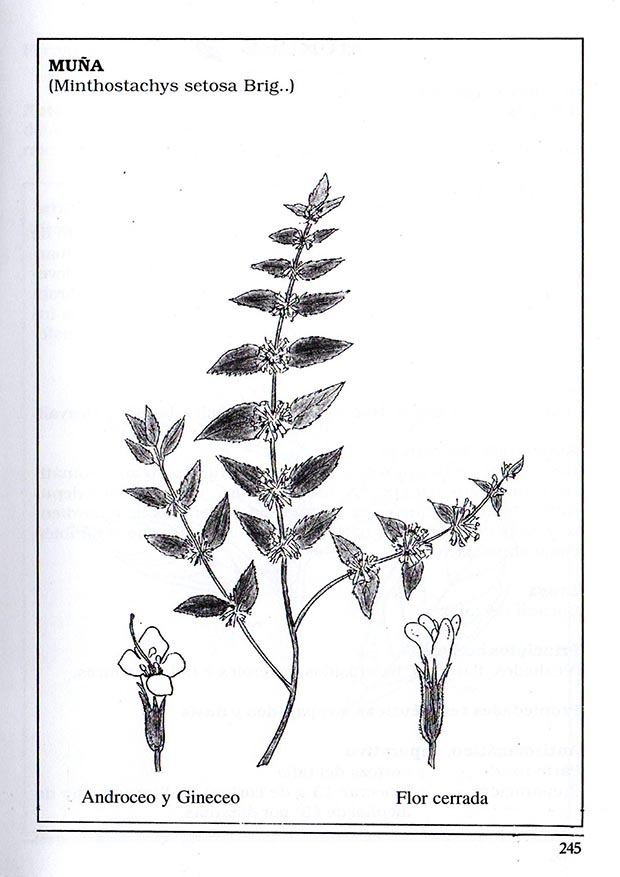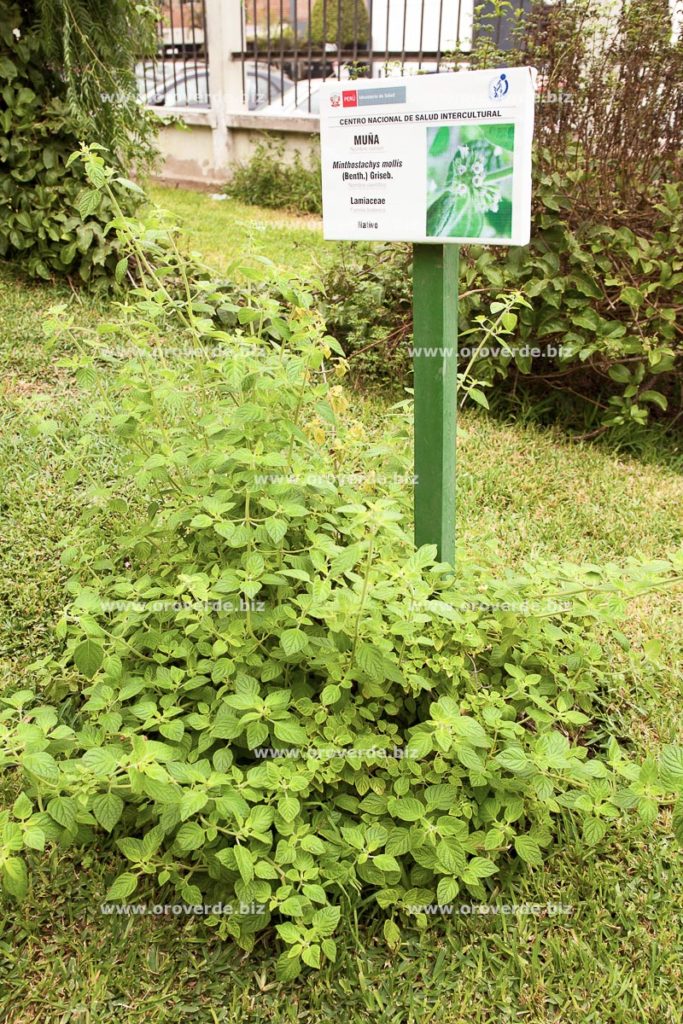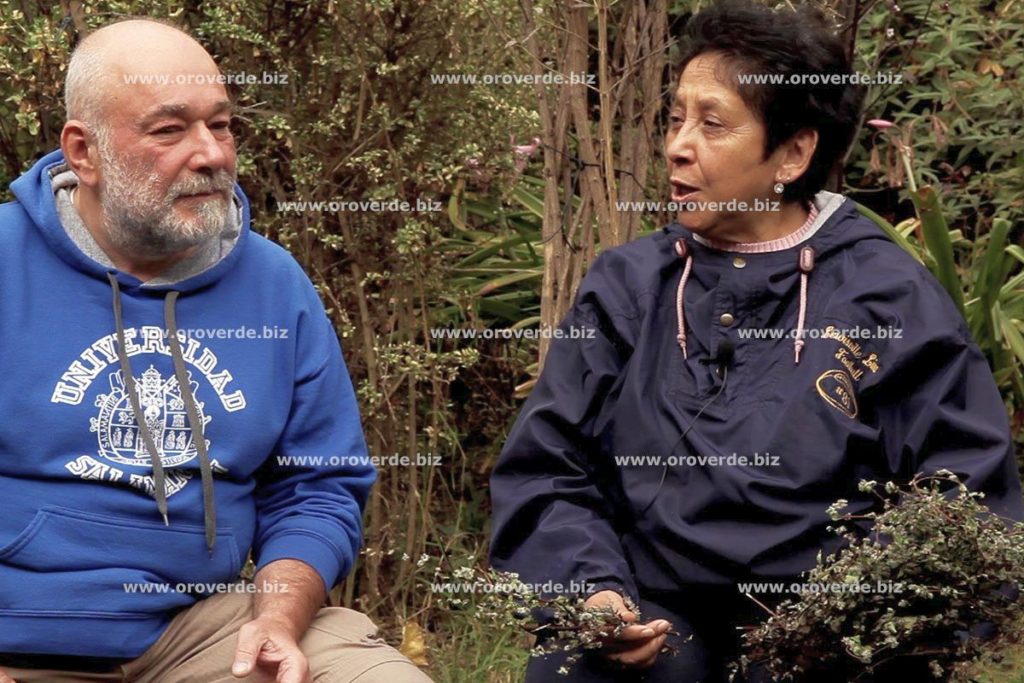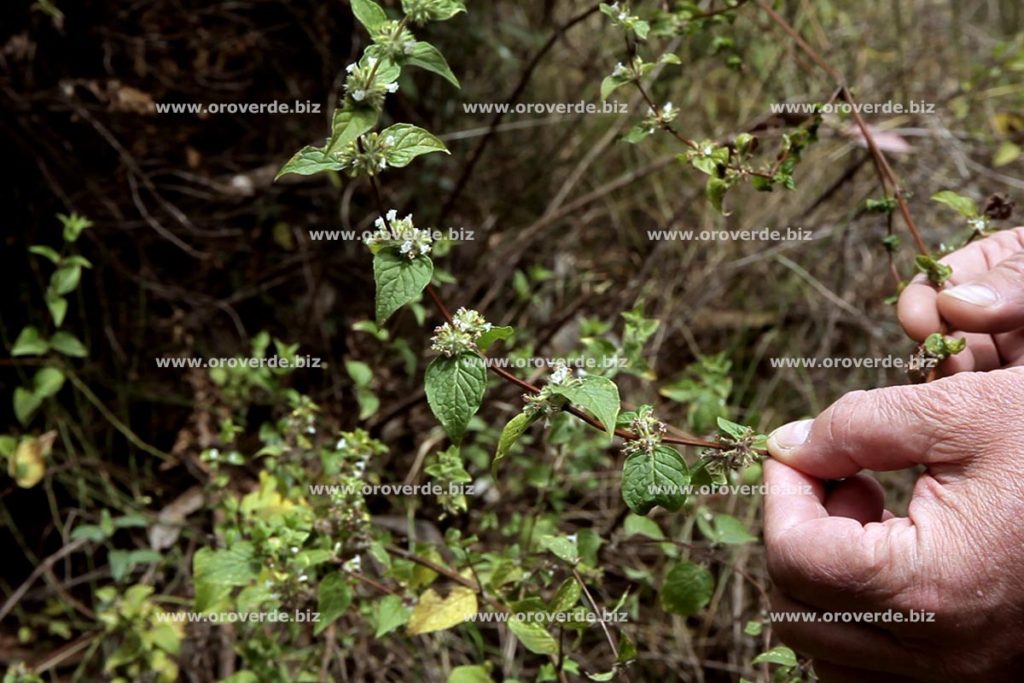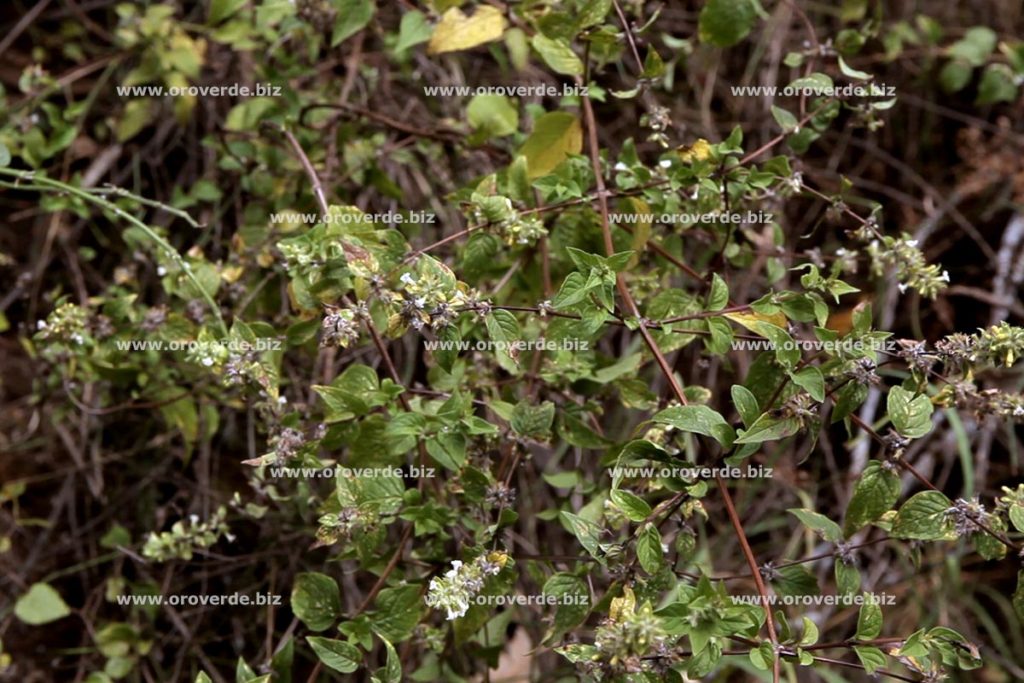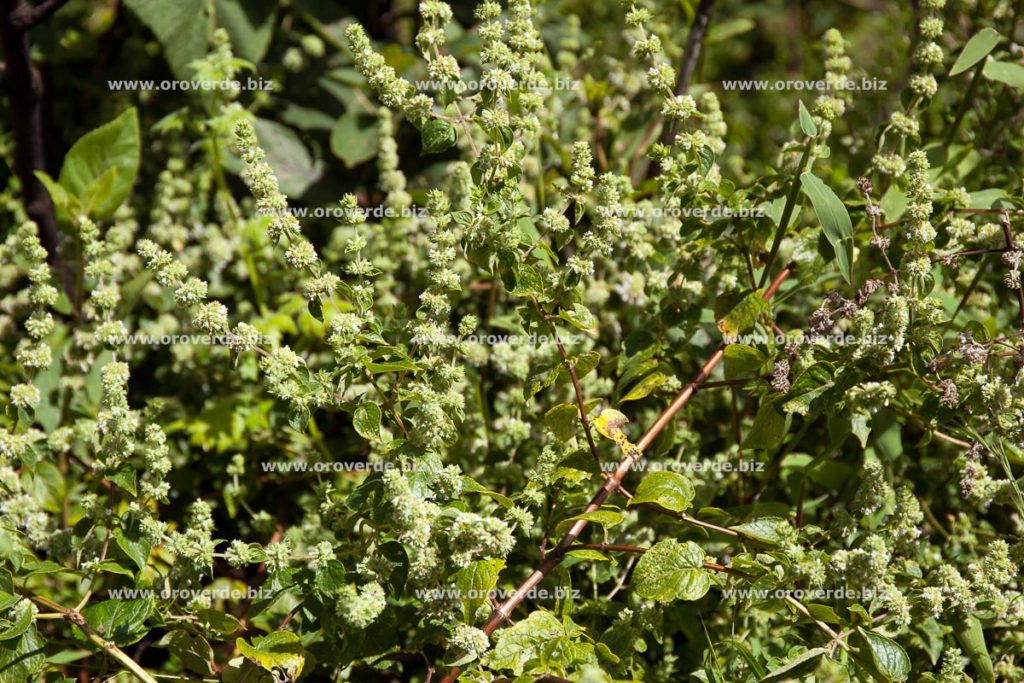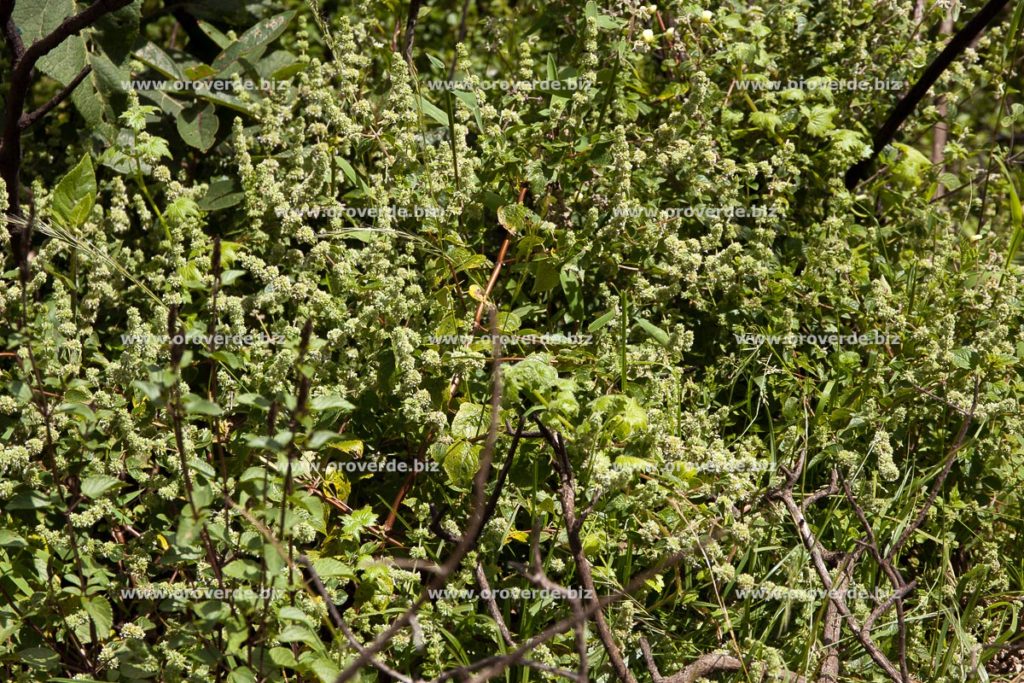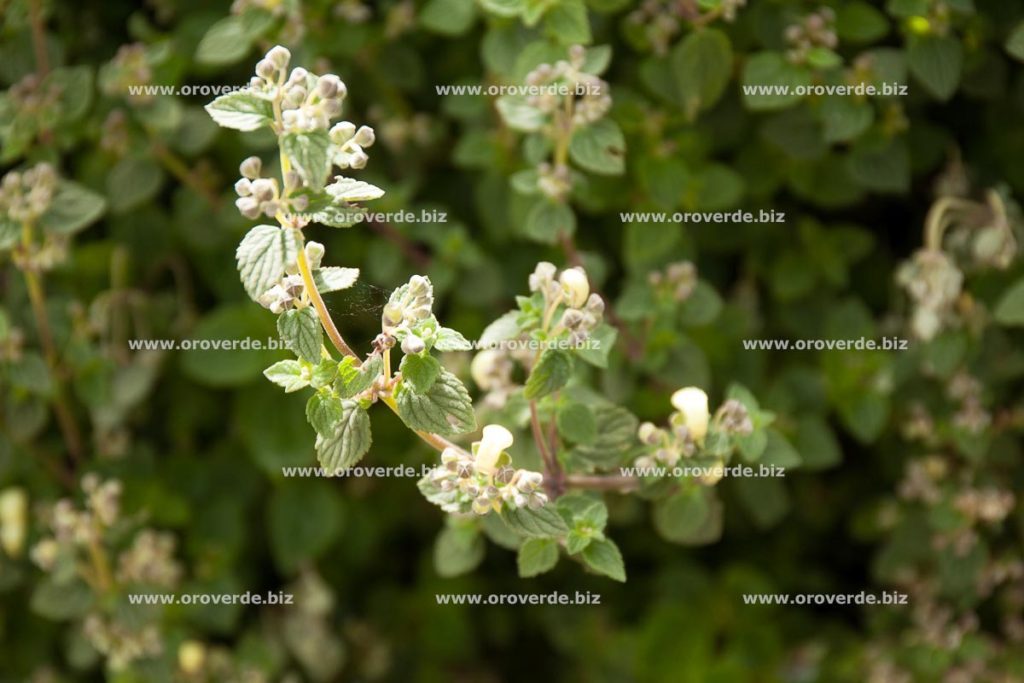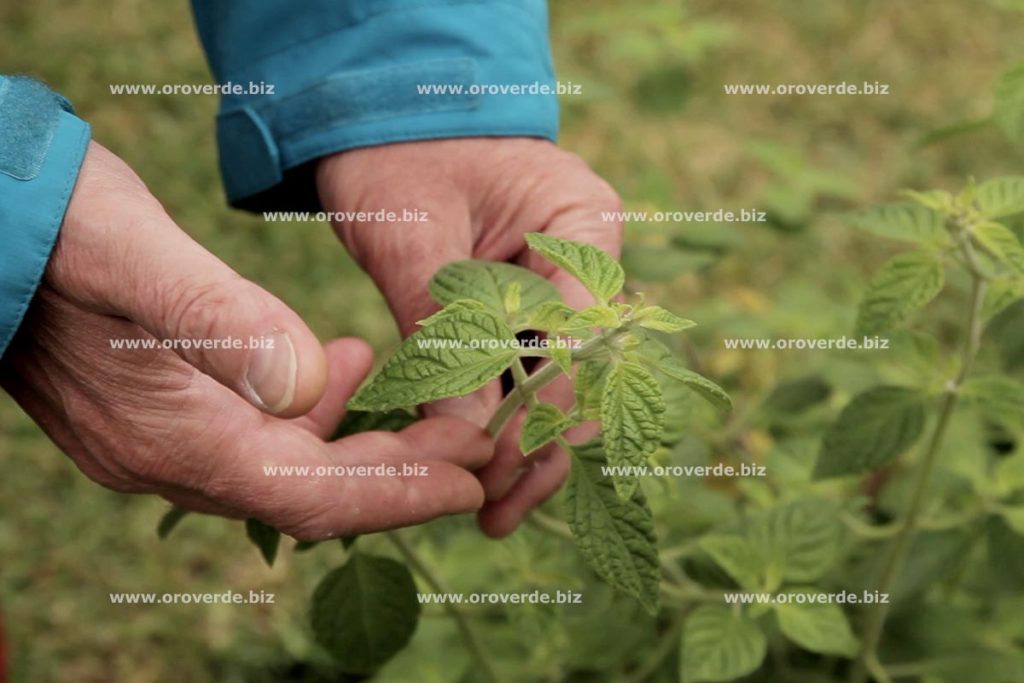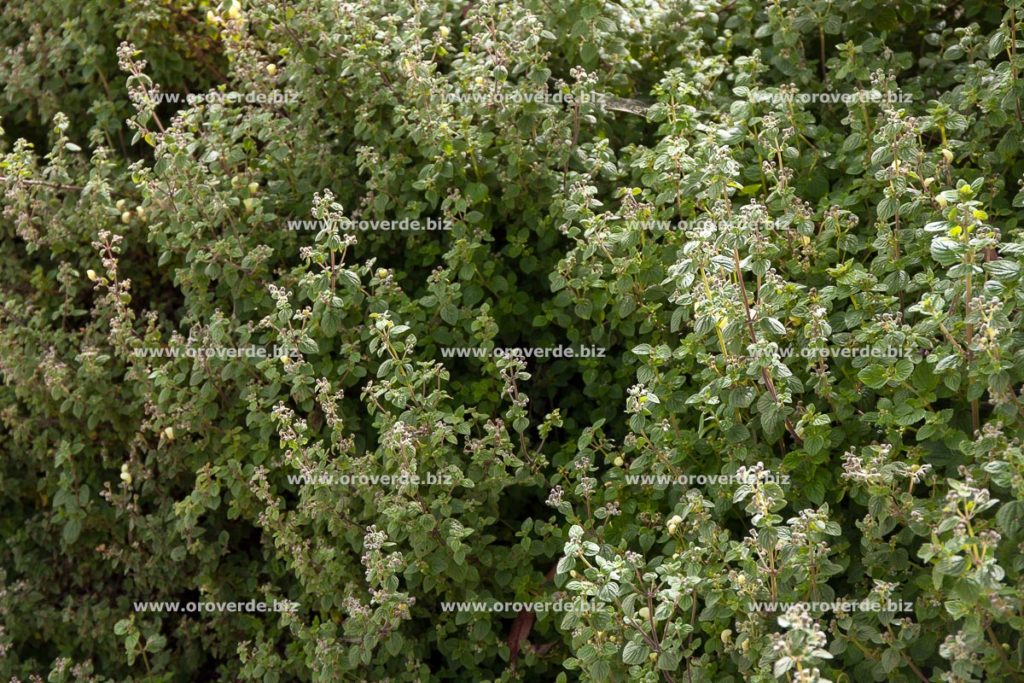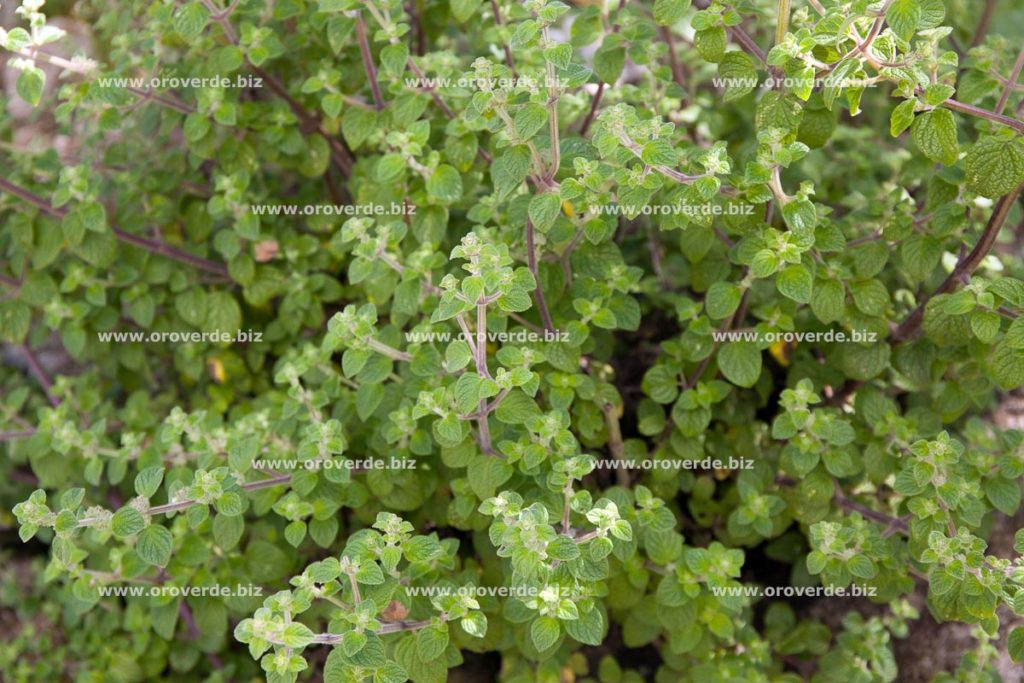It affects the following diseases:
Family: Lamiaceae
Genus: Minthostachys
Species: setosa ( Biq. ) Epling
Common names:
k´oa, orcco – muňa, arash – muňa, huycha, kon, coz, suelda con suelda.
Part(s) used:
Aerial herbal parts (stems, leaves, flowers) (Herba minthostachydi).
Description:
The plant was described for the first time yet in the seventeenth century by spanish chroniclers living in the territory of todays Peru as a plant very similar to oregano but with smaller leaves of a brighter green colour, with white flowers similar to the sprout,dk just smaller and very aromatic. The bush growing up to the height of 80 cm, grapey branching, odd-pinate leaves, small, white quinate petals, leaves are very aromatic. The bushes grow freely on the whole south of Peruvian Andes, the most frequent occurence on the drier stony hillsides.Indian tribes of Peruvian Andes tablelands (Puno, Cuzco, Apurimac) use especially this plant for overall body purification and for the treatment of infection of sinuses and air passages (aromatic essential oils release the sinuses and air passages), smooth thews and against the cough, then for the treatment of the urinal passages infections, tubers; for the stomach and abdomen pains, and for the digestive problems (retention, colics, flatulence) is being sipped after meal. Described is the usage for moderation of irregular menstruation, as the analgetics, antisepticum and last but not least in combination with Salvia off. – (salvia) against the parasites (cestoid). In the combination with Baccharis lanceolata (Chilca) it is used for the abatament of the bones fractures. Against the fungi smear the stricken place by the blend together with Tropaleum tuberosum (Aňu – Aňu) and Tropaeolum peregrinum (Walpa – Walpa). Very popular is the aboriginal recipe for the overall refreshment together with lemon juice. The plant is also used for its insecticidal and larvicide effect for the stored vegetable protection (especially potatoes) against the pest. In the southern Andes were realized experiments from the plant essential oils. Especially vets realized them e.g.:Studies of the oil effect on the checking of ectoparasites of various kinds of animals. Besides the described effects regarding to the nettle section, there was found pulegon, famous also as a pulegon oil and there are also mentioned examples of the intoxications when strong abus as an abortivum. For present essential oils were described mutagenic activities, especially for lymphoblasts AHH-1.
Contraindications:
Not described.
Side effects:
The content of pulegon excludes the usage by pregnant women (abortion effect).
Traditional enthomedicinal uses:
For the above mentioned purposes prepare infusion from the plant, 5 grams per litre of water. Sip during the day, 3 times a day a cup (3 x 300 ml).
More information you can look on the site about ordinary preparation of the herbal remedies.
Phytoterapeutic properties:
Analgesic, antihelminic (anti-parasitic , antiseptic, antitussic (silencing the cough), aperitive, bronchodilator, depurative, digestive, emenagogal (modifying, regulating the menstruation), expectoral, carminative, laxative, spasmolythic.
Phytochemical composition:
Flavons, mentholated essential oils: menthol and its esters, menton, menthofuran, isomenthone, pulegon, caryophyllen, carvakrillacetate, spatilenon, limonene; resin, terpineol, terpenes: geraniol, cineol and linalol, isoamilic alcohol, tanstuffs, Ca, P, vit. B1.
Source:
- Diccionario enciclopedico de plantas utiles del Perú, BRACK EGG A., CBC – Centro de Estudios Regionales Andinos «Bartolomé de Las Casas» , Cuzco, Perú, 1999 , ISBN 9972-691-21-0
- Jihoamerické léčivé rostliny a jejich užití středoevropskou populací, DORAZIL M., ZF MENDELU, Lednice na Moravě, 2007
- Manual de fitoterapia, LOPEZ VILLAR M., VARGAS VILLAVICENCIO O., Programa Nacional de Medicina Complementaria del Seguro Social de Salud – EsSalud, Lima, Perú, 2001, ISBN 9972-758-34-3
- Plantas Medicinales Nativas del Peru, PALACIOS VACCARO W.J., Concytec, Lima, Perú, 1997, ISBN 9972-50-002-1
- Plantas medicinales utiles en el Surandino del Perú, ROERSCH C., VAN DEN HOOGTE L., Koeltz Scientific Books, Königstein, Germany, 1998, ISBN 3-87429-369-67-2
- Sesenta Plantas medicinales de la Amazonía Peruana, DESMARCHELIER C., WITTING SCHAUS F., eBio2000, Lima, Perú, 2000, ISBN 9972-9186-0-2
- Vocabulario de los nombres vulgares de flora peruana, SOUKUP J. SDB, Editoria Salesiana, Lima, Perú, 1975
